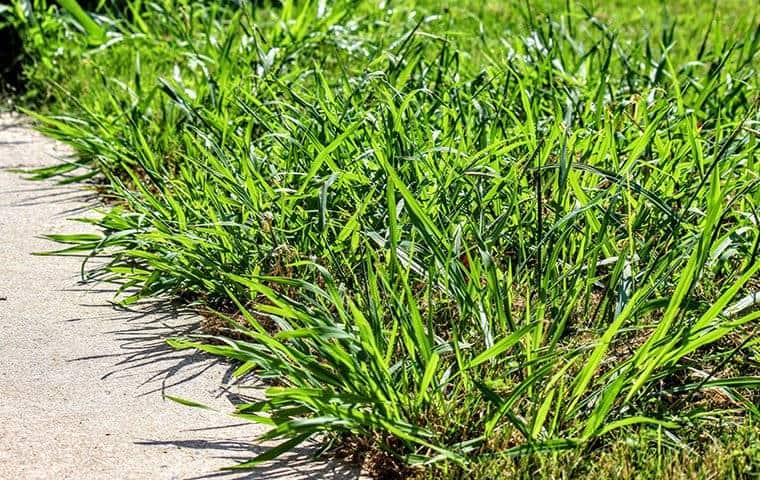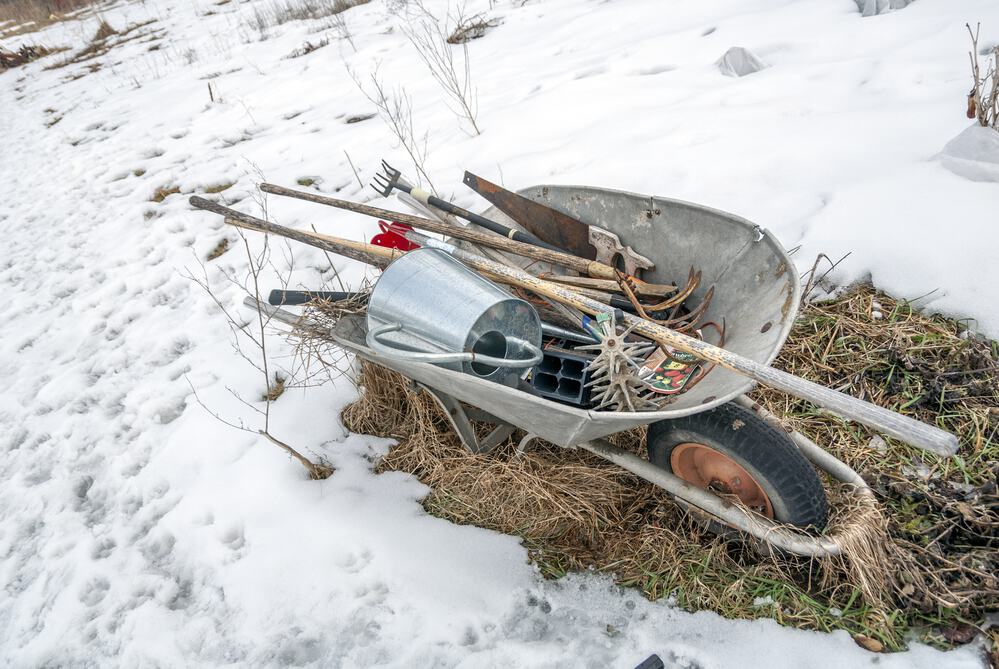Chinch bugs are invasive lawn pests that can turn your lush green turf brown and potentially kill it. The tiny insects live in the lawn’s thatch layer, feeding on the grass by sucking the blades dry. As the host plant dies, the nuisance pest moves to the neighboring grass to continue feeding, spreading the chinch bug damage.
If you suspect a chinch bug infestation in your yard, contact an Arlington pest control company immediately. Despite being a quarter-inch in size, the pesky critters can kill your entire lawn within a few weeks.

What Is A Chinch Bug?
Chinch bugs are tiny insects with oval-shaped bodies and piercing mouthparts. Adults grow to a maximum length of ¼ an inch, with two overlapping wings. The adult chinch bugs have black bodies and light brown legs. Immature nymphs are bright orange, with a white band over their backs.
The bugs use the piercing mouthparts to suck fluids out of the grass blades. As it feeds, the chinch bug injects enzymes that act as natural toxins into the plant, killing it. The lawn damage begins on the edges of the lawn, spreading in patches as the chinch bug infestation grows.
Where Do Chinch Bugs Come From?
Adult chinch bugs often overwinter in protected spaces such as under shrubs or around house foundations. They move out into open areas as the spring sets in, with the females beginning to lay eggs. The hatched nymphs have voracious appetites, causing accelerated damage to the lawn.
The invasive pest causes maximum damage during summer when the weather is hot and dry. Turf grasses stressed by environmental factors or improper care are more susceptible to the clinch bug. Some of the causes of plant stress include:
- Improper mowing
- Over-use of nitrogen fertilizer
- Misuse of lawn pesticides that kill off the clinch bug’s natural predators
- Poor irrigation coverage
- Competition from weeds
- Poor soil, drainage, heat, and drought
Telling the difference between chinch bug damage and drought-related death can be difficult as the two usually happen during the same season. However, the bug's poison injected into the grass levels means the turf won’t recover even after watering it.
Do Chinch Bugs Fly?
Adult chinch bugs have white wings with a triangular marking. Some species can fly, while others have short wings that can't support flight movement. Most bug species prefer to crawl up the host grasses before feeding off the sap.
How Can I Get Rid Of The Chinch Bugs In My Home?
Chinch bug control needs to be quick and effective to avoid further damage to your yard space. Here are some tips to help you clear the infestation.
- Spray insecticidal soaps to treat and kill the bugs.
- Use commercial insecticides for more severe infestations.
- Mow the grass at the maximum recommended blade height.
- Periodically aerate your lawn and remove excess thatch that builds up on your soil.
- Keep your lawn well-watered over the summer months.
- Introduce natural biocontrol predators such as ladybugs that feed on the chinch bugs.
- Use natural insecticides such as diatomaceous earth.
- Contact pest control companies in Arlington.
Your best bet to eliminating chinch bugs from the lawn is to consult pest control experts. At Trees Hurt Too Inc., our experts can carry out an extensive inspection process to verify the infestation claim.
Once identified, our pest exterminators can roll out a combination of natural and commercial pest control measures to eliminate the destructive insects from your property. Contact us today to learn more about our chinch bug treatment protocols.



